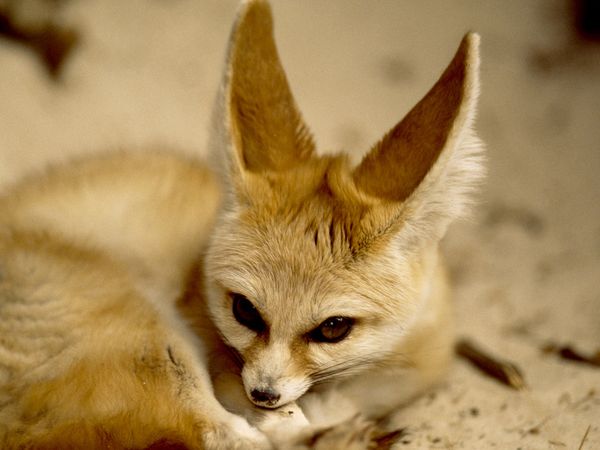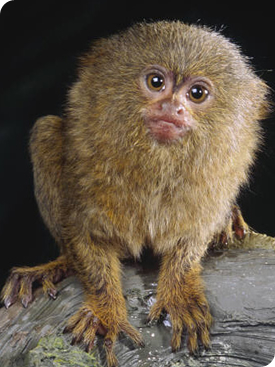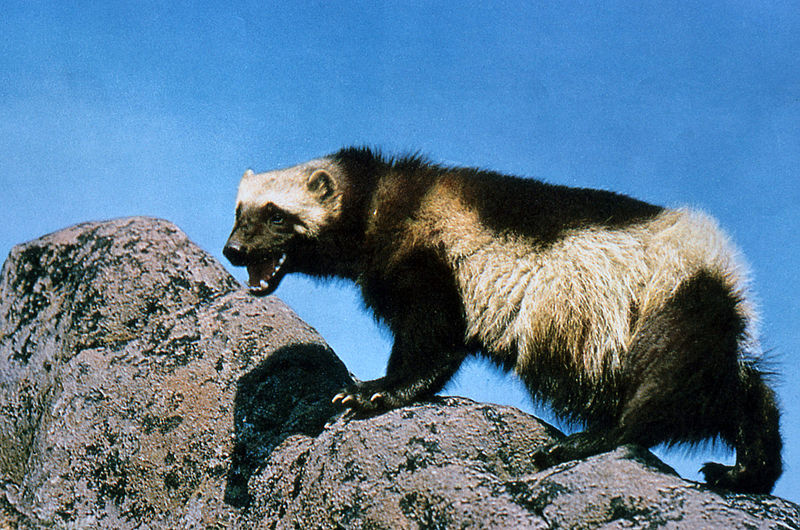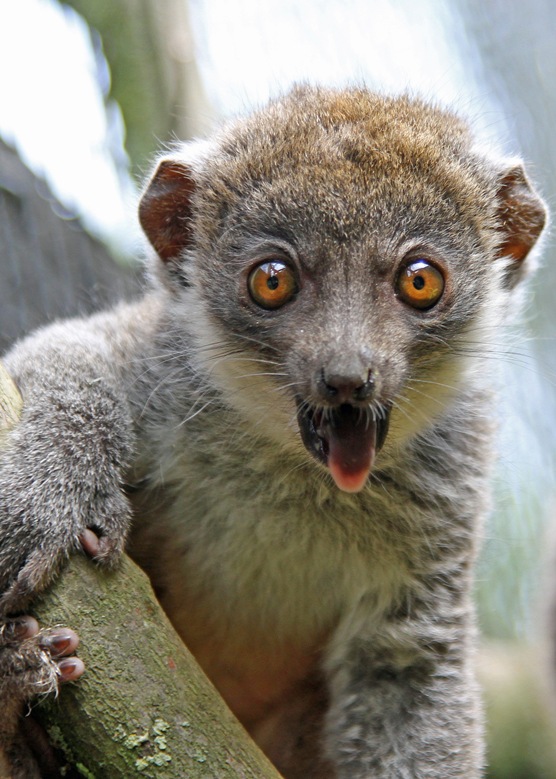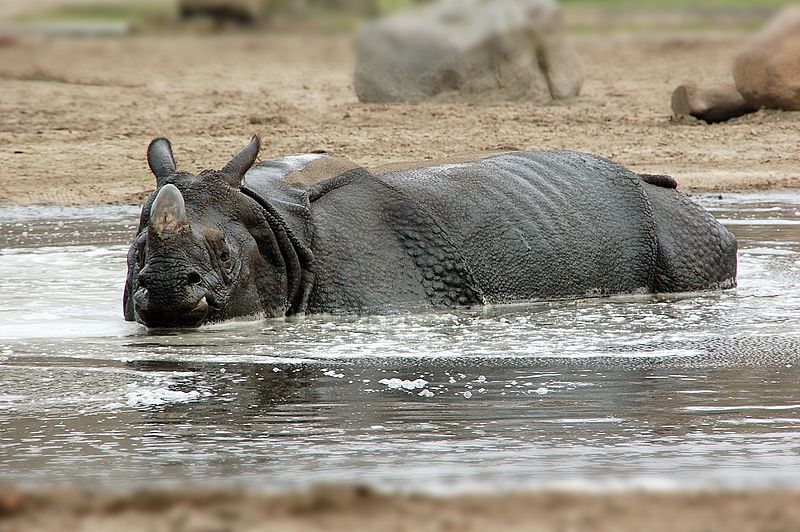
Knowing the African Lion in depth through 30 fast facts will not surely suffice, and that is what this article is here for! After knowing that lions could typically get inactive for 20 hours a day, and could eat 36 wildebeests in a year, perhaps it is now time to know what they are doing in those idle times and how they practice their eating etiquette.
We could never be more thankful for TV shows that promote the conservation of our close-to-being endangered lion species, and one of those is National Geographic Channel, which has recently launched its Big Cats Initiative that aims to save and increase the population of big cats – lions, cheetahs, tigers, jaguars, leopards – across the world.
Hopefully this post will stir that compassion in our hearts – especially those of our young readers’ out there – and make us appreciate how the declining number of our lions could threaten our future generations’ opportunity of seeing this wonderful (and kingly!) big cat species.
Hunting and Eating
- In the previous post about lions, we have discovered that lionesses do most of the hunting, but actually, after their prey has been put down, it is still the dominant male in the pride that eats first.
- Do you know that the pride’s hunting also requires choreography? It is either the entire pride walks in a single file or diffuses in order to spot on some prey.
- We already know that lions do hunting at its best at early afternoon or during the night, but after having killed their prey, lions also drag their food in places with poor light conditions in order to avoid attracting vultures that may signal other predators to come by as well.
- The sequence in a lion dining is this: dominant male in the pride, then, lionesses and other male lions, then the cubs. Hazardous it is for these baby lions go eat with the adults.
- Do you remember that lions mark their territories by peeing on its border? It is actually their sense of smell that makes it possible for their other pride members to locate them. Well, the same thing goes with their preys. Their smelling powers act like a GPS that informs them of the whereabouts of their preys.
- The lions’ preys – from wildebeests to buffalo – are actually indifferent when the lions are around and visible. But they start to tremble when these big cats began to disappear from their sight – it only means that they are being stalked and will be fed on by them in any minute now.
- Good hunters as they are, lions also get to be scavengers at some points in their lives. They do feed on the carcasses of the of the other predators’ preys when they are unable to hunt.
- How many days can you take not eating any food? The lions can rest from three days to more than a week after a big, satisfying meal.
- These big cats can eat about 25% of their body mass, and to be objective, they can eat as much as 75 pounds of meat in one eating.
- Maybe the lack of a hunt puts a lion to cling on his fingernails (or claws?), but have you ever heard (or seen) a lion eating a porcupine? Unbelievable as it is, but this is a fact. They end up having quills embedded on their noses.
- Lions typically don’t manhunt. But if ever a case occurs, the old lions are usually the culprits.
- Sadly, these lions are also hunted down by man for there are claims that the lions’ bones are a hot commodity in traditional Asian medicine. Moreover, these lions are most likely poached in the areas of the Tanzania safari and other parts of South Africa.
On Family Matters
- Have time for a vocab lesson? “Estrus” is the term when a female lion becomes “sexually available” and biologically ready to conceive again.
- This estrus phase generally lasts about four days, and a pair of lions mate about two to three times in an hour. If ever a lioness fails to conceive after this interaction, she again enters into a phase of estrus a couple of weeks later.
- Just like humans, male lions are a bit, or should I say, dangerously, possessive and protective of a prospect lioness. Does this surprise you?
- It is cool to know that cubs are born blind. They just open their eyes a week after being born.
- The female lions’ pregnancy will last about 3.5 months.
- The lions’ sense of smell could actually be their greatest tool. A way for a male lion to know if the lioness is ready to mate is through sniffing her, or smelling her urine.
- Female lions typically hide their cubs in dense bushes or trees called “thickets”, or in a small hill on a flat area called “koppie”.
- The lions’ love action begins when the male lion bites the neck of the lioness.
- Do you know that lionesses return to estrus one week later if they lose their litters? However, they can start conceiving again if their previous cubs turn 18 months of age.
- Mother lions are highly protective of their cubs – they will fight for them to death. The sad thing is, mother lionesses will leave their starving babies if they know they can’t provide food for them.
- A cub may have only one biological father, but the truth is, all the male lions in a pride act as fathers to the cubs!
- Unlike female lions, male lions are usually ousted from pride if they become too old – these male lions eventually form a coalition. Some sons of these male lions may join them.
- But not only male lions are ousted from a pride, female lions get to be ousted too! Lionesses, without the protection of their pride, cannot and will not be able to raise their cubs into maturity.
Health Matters
Although these giant felines can also acquire diseases that alter their health condition, the greatest threat to the population of the lions now is the hunting game used as retaliation by humans. For instance, six lions were killed in Kenya previously after leaving a luxury safari park and killed livestock. Sukuma lion hunters are also rising in number, and they are being paid for each lion that they kill.
There are a lot of sadder stories to tell about lion hunting, and this could greatly affect the effort to raise these species’ number. Nevertheless, for diseases that may cause their natural death, read on.
- Like any other animal with fur, tick is the most common infestation to the lions. These little parasites reside in their ear, neck, and groin.
- There is also a bad side for lions eating some antelope meat, and that is tapeworms.
- Ever heard of Canine Distemper Virus (CDV)? This commonly affects dogs, but lions can experience this, too. In case you are wondering, this is very similar to measles.
- Endemic diseases (that is, ever-present diseases) to lions include Feline Herpes Virus (FeHV) and Feline Immunodeficiency Virus (FIV). FeHV can be a cause of loss of smell among domestic cats, thus, resulting in loss of appetite as well; but FeHV is said to be non-threatening to the survival of the lions. FIV is very much like what people call AIDS today, but its effect is also unknown to the lion population.
- Will it surprise you to know that like humans, lions can also acquire cancer and pneumonia?
This post is written by Krissy Tillain from www.andbeyondafrica.com. She is a dog lover, but she is amazed by the big felines. She dreams of owning a lion someday, but for now, she is preparing her backyard for a number of tigers, cheetahs, and a jaguar, perhaps?

